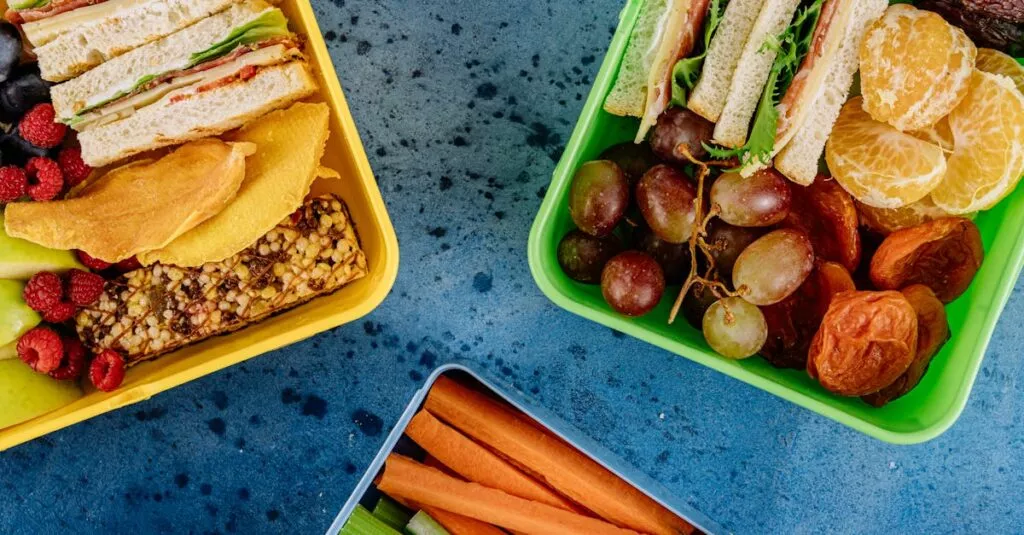Understanding Kid-Sized Portions
Kids have smaller stomachs, so they need smaller portions. But what’s kid-sized? A general guideline is to match the snack size to the size of their hand. Avoid the temptation to overfeed, even if your child says they’re still hungry. Tiny tummies need just a tiny bit! Keep snack portions simple and avoid pre-packaged foods that often contain too much. Stick to the basics; think fruits, vegetables, and whole grains.

Remember, it’s not just about the quantity but also about the quality of what your child is eating. By providing nutritious options in appropriate portions, you can help your child develop healthy eating habits that will last a lifetime.
Benefits of Proper Snack Sizes
Proper snack sizes provide energy without overloading kids. They help maintain a balanced diet, preventing overeating that leads to long-term health issues. It’s like fueling a car without overflowing the tank. Kids need snacks to keep their energy up, especially when they’re on the go. Right-sized snacks help maintain energy levels, so they can keep playing, learning, and growing strong.

Easy Tips to Measure Snack Portions
Eyeballing portions can be tricky! Here are some easy tips to help you measure snack portions accurately:
- Use measuring cups or kid-friendly plates to portion out snacks.
- Divide snacks into small containers for easy grab-and-go options.
- Get creative with fun tools like cookie cutters to make snack sizes exciting and appealing.
- Remember to keep it colorful – a visually appealing snack is more likely to be enjoyed without complaints.
- Involve kids in the process to teach them about moderation and the importance of portion control.
Practicality is key when it comes to measuring snack portions. By following these tips, you can make snack time both fun and nutritious for everyone involved.

Enjoy your snacks!
Healthy Snack Options on the Go
Fruits like apple slices or grapes are perfect for snacking. Veggies with hummus are excellent. Cheese sticks and yogurt tubes work wonders for dairy needs. Try nuts or rice cakes for added crunch. Choosing snacks wisely ensures nutrition while satisfying your child’s taste buds. Look for portable options that are not only healthy but also delicious. Pack these in small resealable bags for freshness throughout the day.

Tackling Emotional Eating in Kids
Emotional eating can start early in kids. If they feel sad, they might reach for snacks. Acknowledge their feelings first. Offer hugs and comfort, not just food. Teaching kids to manage emotions without food is crucial. Snacks should satisfy hunger, not emotions. Be mindful and set examples by handling stress without reaching for that cookie jar.

Fun and Creative Snack Ideas
Involve your kids in making snacks. Shape sandwiches into fun figures or create fruit skewers. Get creative with colors and textures. This not only makes snacks intriguing but also helps with portion control. When kids see snacks as part of playtime, they’ll be more interested in eating them. Plus, it’s a fun way to bond and teach about healthy eating habits.

Encouraging your children to participate in snack preparation can be a great way to spend quality time together while promoting healthy eating habits.
Encourage Snacks with Family Stories
Share stories about your own childhood snacks. Engage your kids by telling them how you enjoyed snacks with your family. Making snack time nostalgic enhances the experience. It’s not just about eating; it becomes storytime, too! Use snack time to revisit treasured family moments and maybe even create new ones. This encourages a positive association with healthy snacking.

